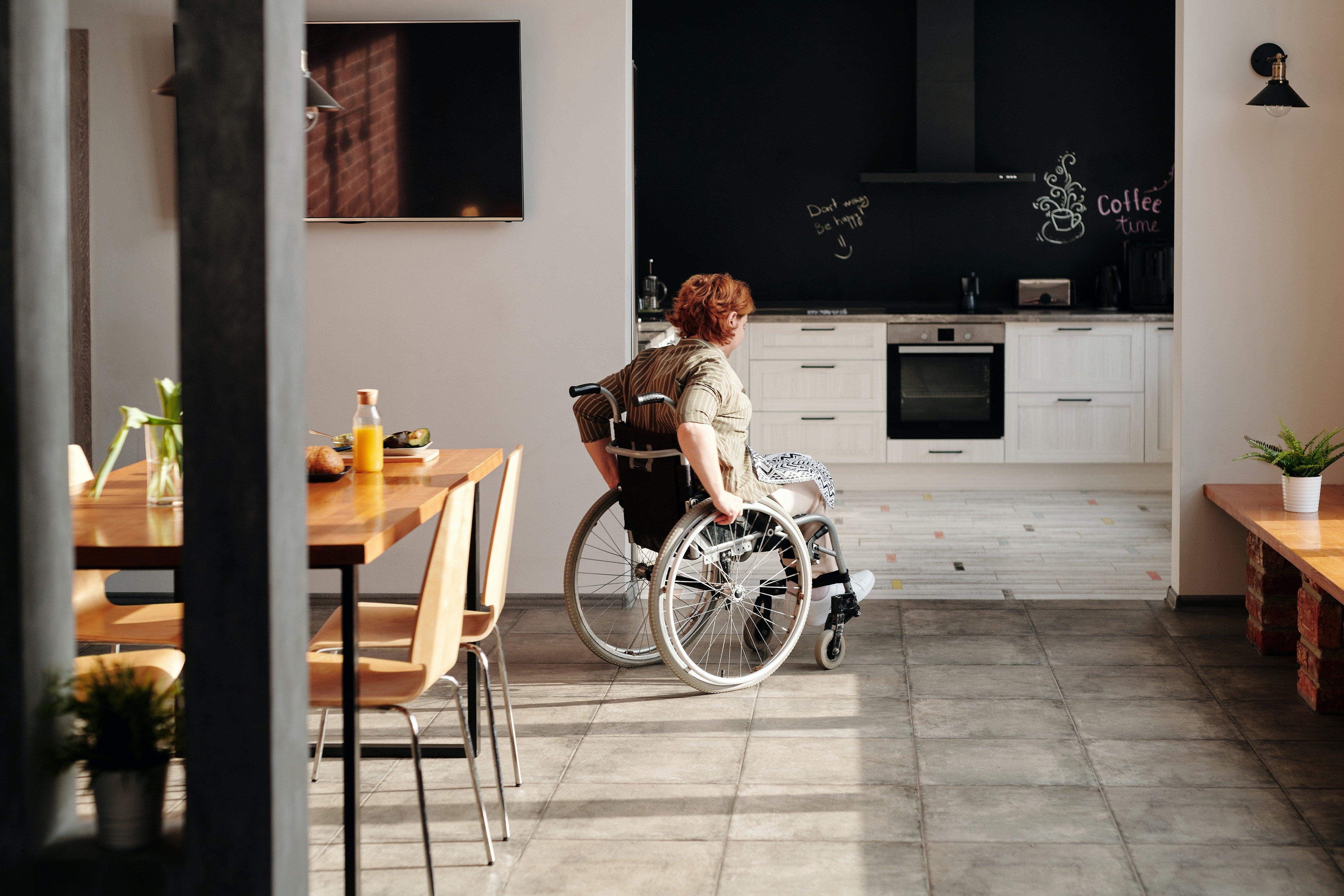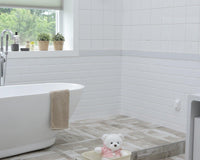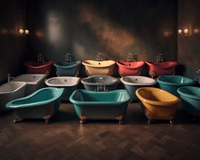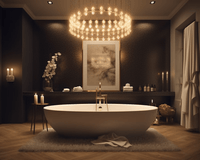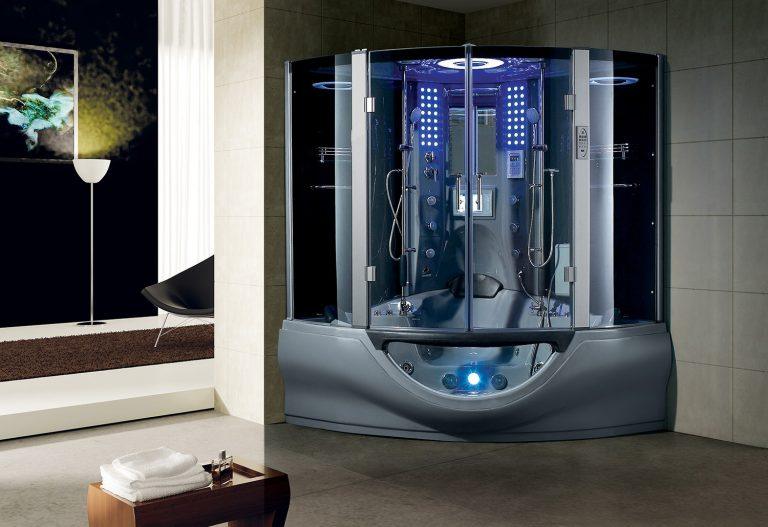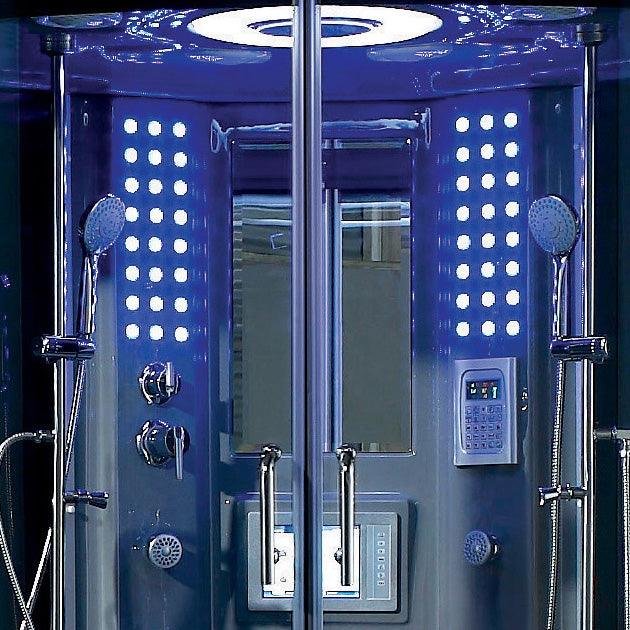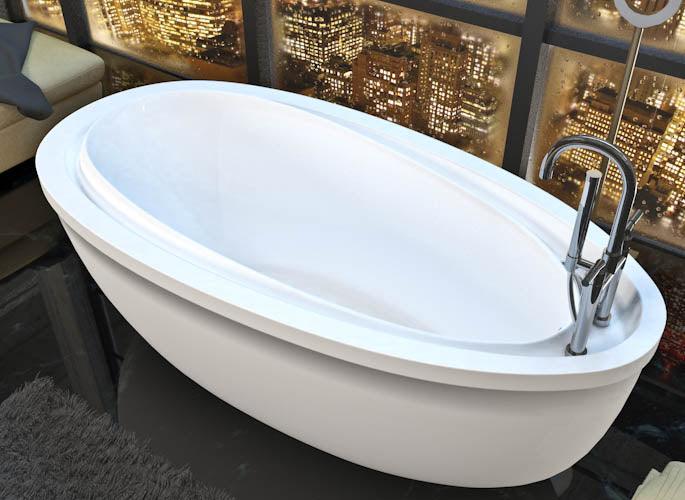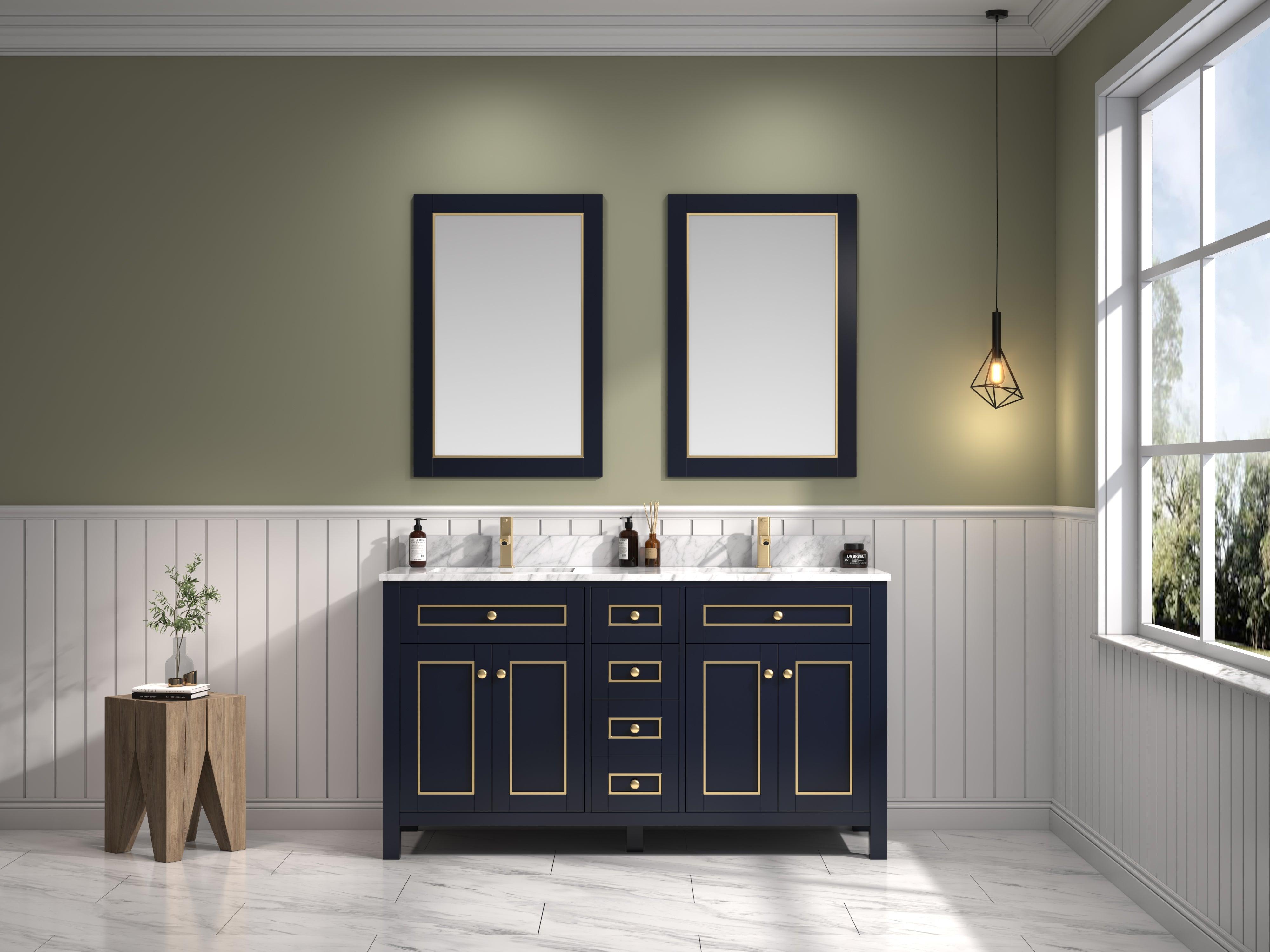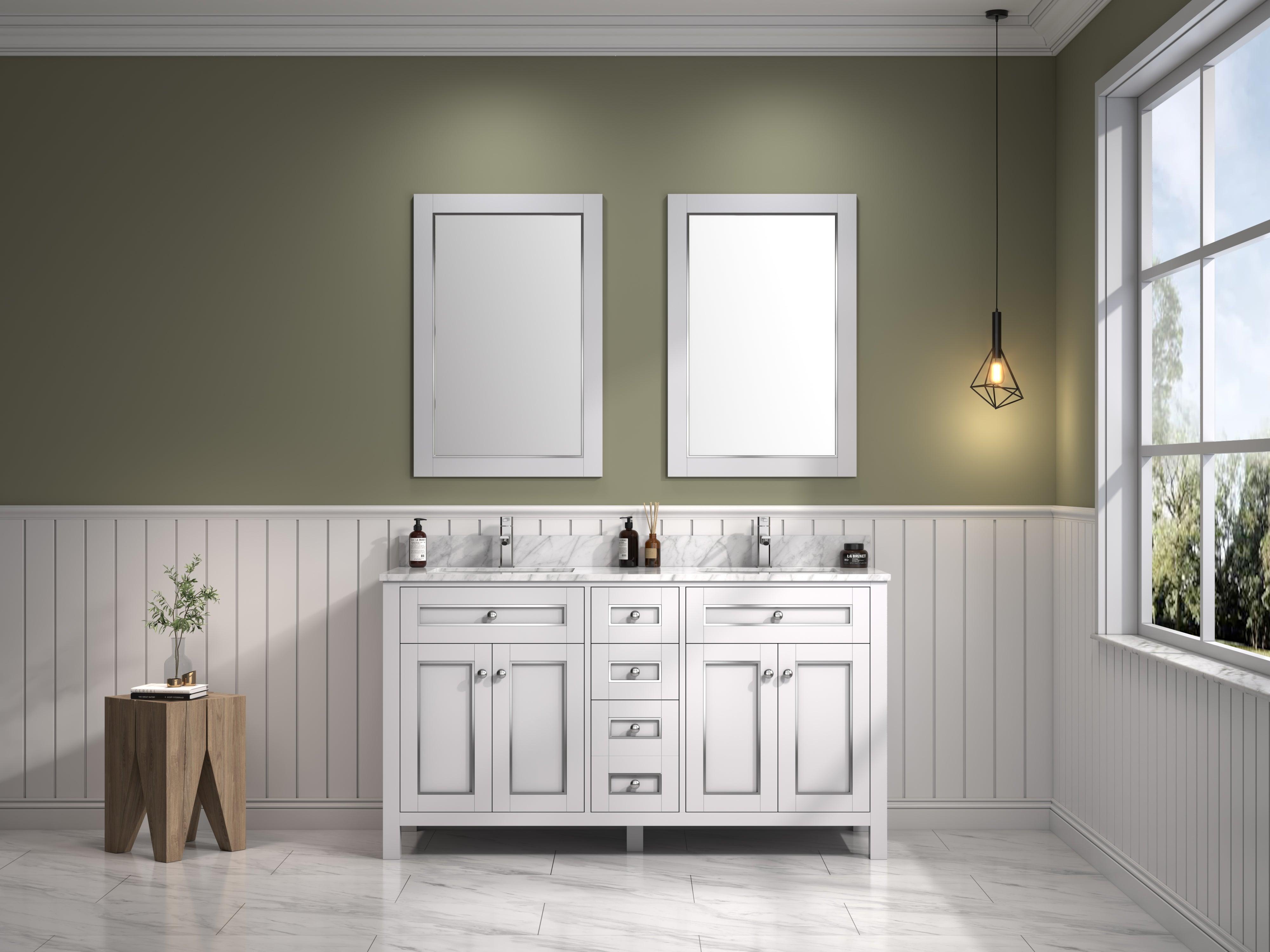As a potential homeowner, it can be overwhelming to consider building a custom home. However, for individuals with accessibility needs, the process can be even more daunting. The thought of constructing a home that meets one's specific mobility requirements may seem like a complicated and expensive feat. However, with the right guidance, constructing an accessible home is possible. There are specific steps homeowners can take to ensure their dream home is accessible and accommodating. In this article, which is shared courtesy of Bathroom Design Center, we’ll take a closer look at some important steps to take when designing an accessible custom-built home.
Steps in Buying a Custom-Build Home
When deciding to build a custom-built accessible home, there are several important steps to consider. First, it's crucial to establish a clear vision of your needs and preferences, including specific accessibility requirements. Next, consult with a reputable builder or architect experienced in designing accessible homes to develop detailed plans and obtain necessary permits. Finally, carefully review and select materials and fixtures that meet accessibility standards and ensure the home is built according to your specifications, with regular inspections along the way to ensure compliance and quality.
Choose a Suitable Location
The location of your accessible custom home matters. Consider choosing a location that is close to the amenities you frequently use, such as clinics, hospitals, and grocery stores. Accessible homes should also be close to public transportation, parks, and community centers. The location should be level, with minimum slopes, and have a well-maintained sidewalk. An accessible custom-built home should also have accessible parking available, preferably attached to the home or near the entrance.
Research Accessibility Requirements
Before beginning the design process, research accessibility requirements. This may include requirements for doorways, hallway widths, and other features of the home. Research should also include elements such as grab bars, ramp accessibility, and shower access. Knowledge of these requirements will help create a structure that is not only suitable for the intended family but also meets national guidelines.
Proper Lighting
Lighting is an essential element in an accessible custom-built home as it greatly impacts the overall safety and comfort of the occupants. Proper lighting ensures adequate visibility, reduces the risk of falls and injuries, and promotes independence. It is noteworthy to consider energy-efficient lighting options, such as LED lights, for their environmental and economic benefits, and to allow for adjustable lighting levels to accommodate varying degrees of light sensitivity or visual impairments of the residents. By prioritizing the lighting design of an accessible home, it creates a safer and more comfortable environment for all individuals, regardless of their physical or visual capabilities.
Slip-Resistant Flooring
Slip-resistant flooring is a critical feature of accessible home construction, particularly for those with mobility issues and the elderly. Research has shown that falls are the leading cause of accidental injury and hospitalization among older adults, with slippery and uneven flooring being a leading cause. In contrast, slip-resistant flooring, such as vinyl, bamboo, and cork, greatly reduces the risk of falls and promotes a safe and secure environment.
Accessible Home Office
Building a business space within the home can provide various advantages, such as reduced overhead costs, increased flexibility, and improved work-life balance. Nonetheless, it is essential to note that tax deductions for home businesses have specific requirements to be met. To qualify for a home business tax deduction, the space must be used exclusively for business purposes, and it must be considered your principal place of business, where most of your income is generated.
Building an accessible custom home requires detailed planning and research. The appropriate location, lighting, flooring, and home office can make a significant difference in accessibility and overall safety. By partnering with the right builder, homeowners can ensure their dream home is not only accessible but also welcoming and accommodating. With these steps in mind, homeowners can take the first steps toward building their dream home.
If you’re currently building your home and want to add luxury to your bathroom, Bathroom Design Center should be your first stop. Explore our site today. Photo from pexels
